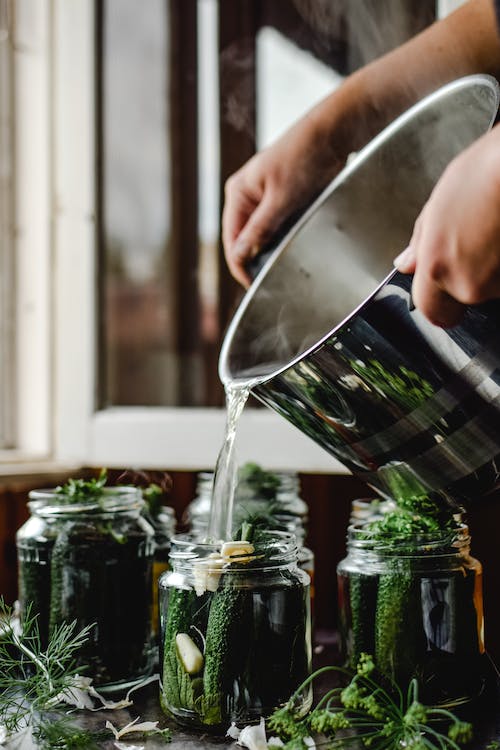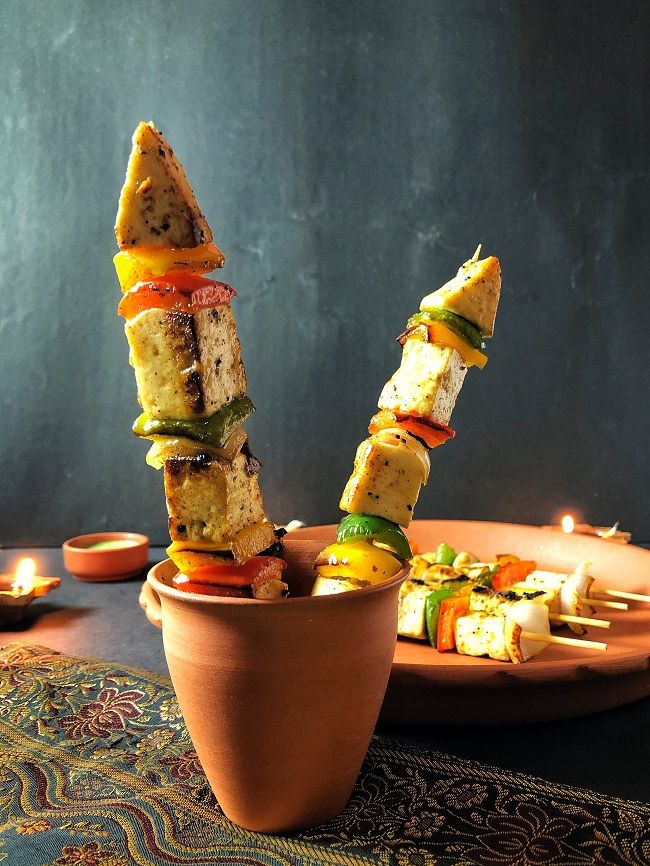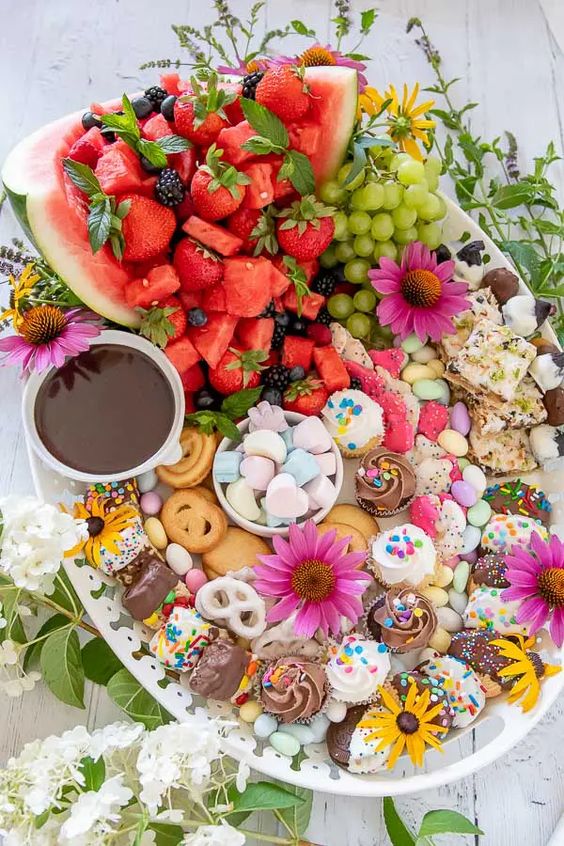We live in a society where food availability is at an all-time high; never before has it been so easy to access foods thanks to intricate supply chains and the global economy.
We can purchase almost anything we desire from supermarkets and grocery stores while having items delivered at the click of a button.
But what if foods were not so accessible? In the past, humans had to be creative with food storage methods because life wasn’t so easy.
They didn’t have local grocery stores to rely on, so they had to invent strategies that could make food last for weeks or even months. Today these preserved foods are enjoyed for their taste rather than their storage longevity.
Whether you plan to keep preserved food because you enjoy the unique flavors or if you’re planning to hold an emergency stash of food, this article will outline some easy ways you can preserve food.

Beef Jerky
Beef Jerky is a popular option and makes for a delicious snack worldwide. This fine delicacy was thought to have roots in South America over 600 years ago, and fast forward to today; even Australian Beef Jerky is hugely popular.
The preservation method involves drying low-fat cuts of meat by cooking on low heat for extended periods and adding spice. This method results in a hearty, rich, and flavourful beef snack that we can store for up to six months.
Salami
Another popular preserved food you’re undoubtedly familiar with is Salami. There are wide varieties and meats you can often use.
Beef is included, and different spices can introduce new elements. This delicacy is preserved by wrapping fatty pork meat in a casing to form sausages and adding spices and nitrates. The sausages are hung in well-ventilated areas until ready.
The resulting flavor is rich, fatty, and savory. Your completed Salami can be stored for months, served cooked or left as is, truly versatile.
Anchovies
Anchovies are a type of small fish often served in preserved form—another popular item originating from Italy.
The Anchovies are preserved using salt, which neutralizes decomposition and stops bacteria from growing. The process of preserving takes some more steps, but it is well worthwhile.
You will need first to take the fillets and cover them in salt, then add brine to the fridge and wait up to three months.
After three months, you can remove the salt, add them to your jar of choice, and cover them in olive oil. You’ll then have a great salty addition that we can add to most savory Italian dishes with a shelf life of up to one year.
Smoked Salmon
Salmon is incredibly delicious and versatile when in its preserved form. These fish contain high amounts of omega-3, which make them highly nutritious.
Smoking Salmon was practiced for hundreds of years before adequate refrigeration was invented. The method involves letting the Salmon slices become exposed to high levels of smoke for ten minutes, then repeating the process on lower settings for about two hours.
Smoking dries out the majority of harmful bacteria, which allows for storage for months. The flavor is salty; the fatty taste of the fish comes through and is great to enjoy by itself or with accompaniments.
Sauerkraut
Sauerkraut is one of the easiest preserved foods to prepare. This German delicacy accompanies many dishes and is popular in many European Countries.
Sauerkraut is a cabbage that is preserved using a process called Lacto-fermentation. The Cabbage is chopped into thin slices, then added to salt and stored.
Then the fermentation process begins; the Cabbage will naturally release fluid from the salt and, over time, will develop distinct sour elements. The entire process takes a minimum of 3 days, and the product can last up to three months.
Kimchi
If you want to get to the next level up from Saurkraut, you should try Kimchi. The essential elements are the same, but we use more vegetables and spices.
Kimchi originated in Korea as a way to preserve vegetables during winter. The ingredients can vary, but cabbage and radish are always used. You can also include vegetables such as carrot, garlic chive, celery cilantro, cucumber, and eggplant.
To make Kimchi, you will need to slice the vegetables into thin slices, add your spices and salt and store them for some time. Typically Kimchi will last from three to six months.
Summary
If you’re ever in situations requiring preserved foods, hopefully, this extensive list has inspired you. We’ve provided some of the most popular, but you can preserve almost any food, so if you have any other ideas, feel free to follow through with them.






